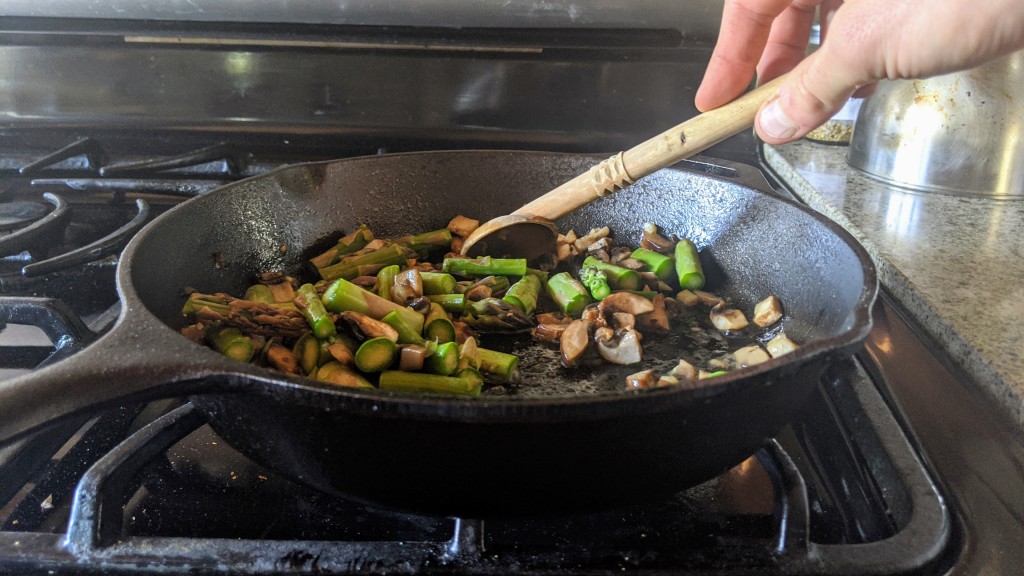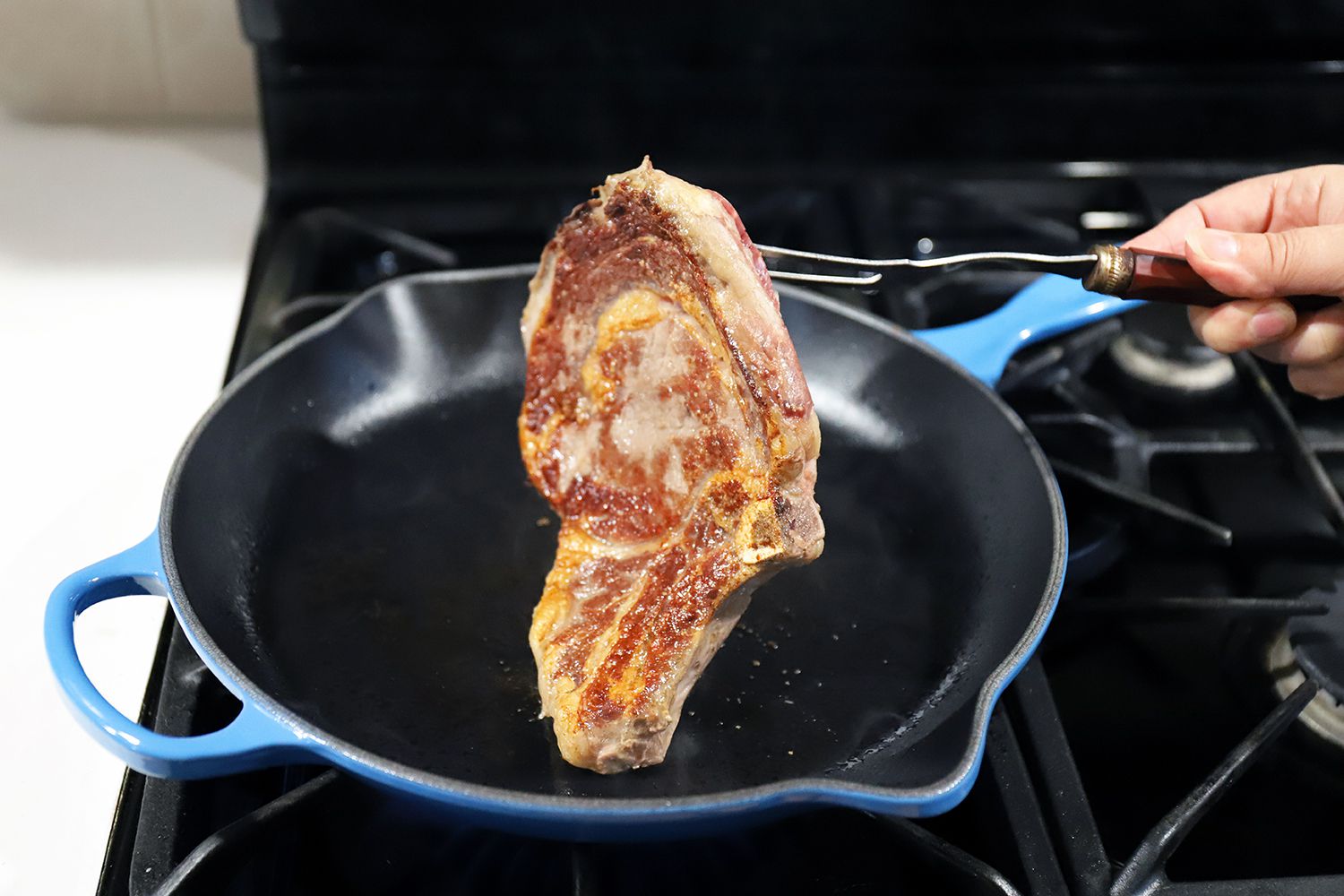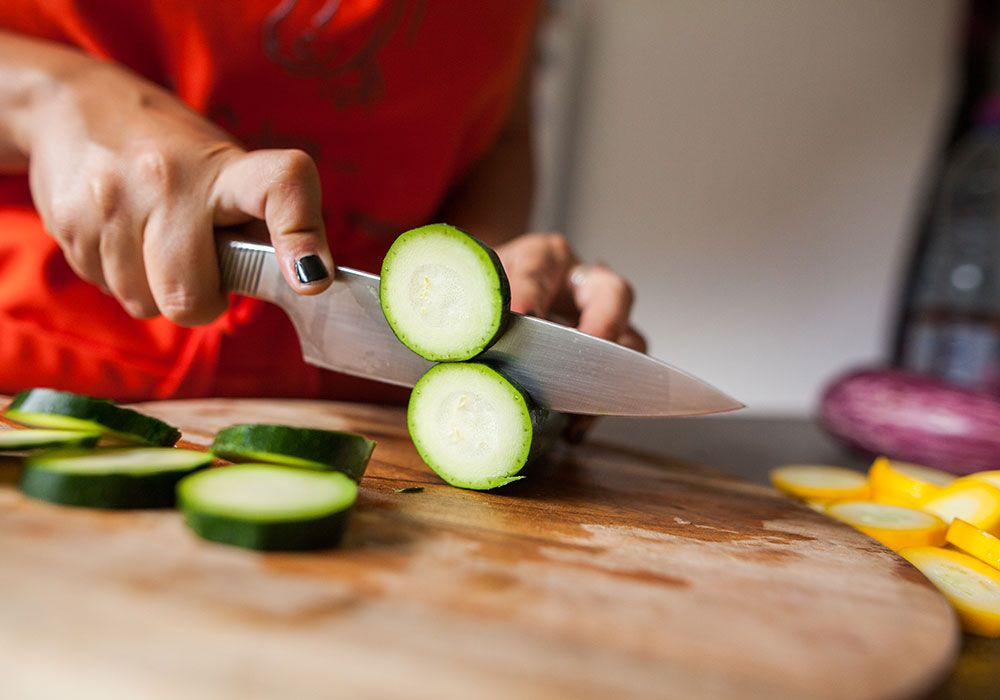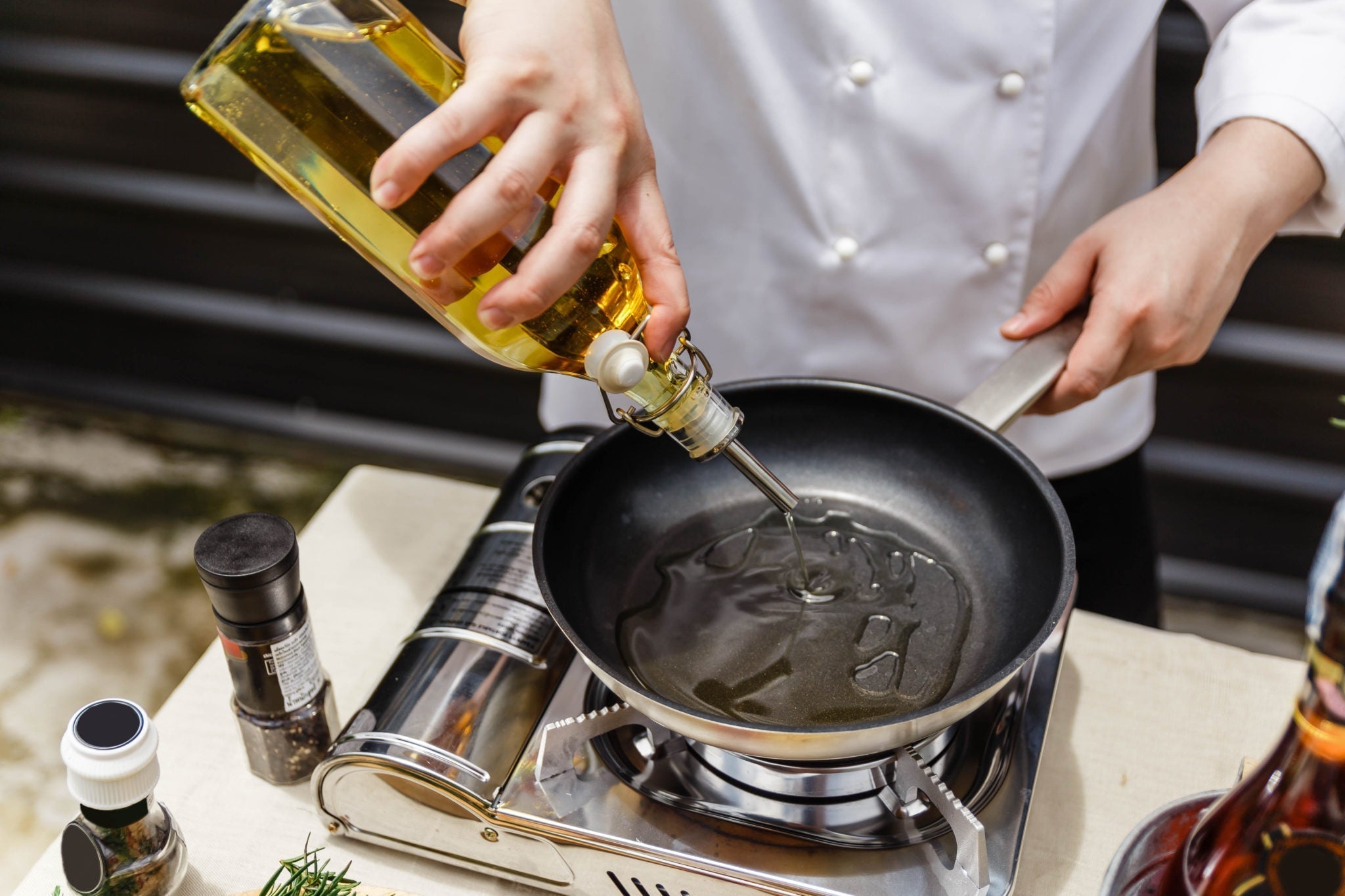The cast iron skillet is a treasured kitchen tool among culinary professionals. Known for its remarkable heat retention and even cooking properties, the skillet also boasts a natural non-stick surface when properly maintained. This article focuses on how to maintain cast iron skillet, ensuring it remains a reliable and high-performing tool in any kitchen.
For kitchen professionals, the stakes are high when it comes to cooking. A well-maintained skillet adds depth of flavor to dishes and enhances the cooking experience. Read on to learn essential maintenance techniques that will elevate your skills while prolonging the lifespan of your cast iron skillet.

Understanding the Importance of Maintenance
Cast iron skillets are not just cooking tools; they are investments. Proper maintenance prevents rusting and ensures that the skillet can withstand high temperatures. Furthermore, an adequately maintained skillet develops a natural coating that can improve flavor over time. Therefore, understanding how to maintain cast iron skillet is crucial.
Cleaning Your Cast Iron Skillet
Cleaning is a pivotal step in maintaining your skillet's integrity. Here are the steps to follow:
- Cool Down: Allow your skillet to cool to room temperature after use.
- Scrape Off Food Residue: Use a spatula or a stiff brush to remove food particles. Do not use soap, as it can strip the skillet of its seasoning.
- Hot Water Rinse: Rinse the skillet under hot water. A gentle scrub with a sponge can be helpful if the food residue is stubborn.
- Dry Thoroughly: Wipe the skillet dry immediately to prevent rust. You can place it on a low heat on the stove for a few minutes.
Seasoning Your Skillet
Seasoning is an essential technique for maintaining your cast iron skillet. It forms a natural non-stick surface and protects it from moisture and rust.
- Preheat Oven: Preheat your oven to 400F (200C).
- Apply Oil: Use a paper towel to apply a thin layer of vegetable oil or flaxseed oil all over the skillet, including the handle.
- Bake Upside Down: Place the skillet upside down in the oven for one hour. This helps ensure that any excess oil drips off.
- Let Cool: After an hour, turn off the oven and allow the skillet to cool inside.
Cooking Techniques and Considerations
When using your cast iron skillet, there are some cooking techniques and considerations to keep in mind:
- Avoid Acidic Foods: Cooking tomato-based sauces or citrus recipes can strip the seasoning. Use cast iron skillets for high-heat cooking instead.
- Preheat Before Use: Always preheat your skillet before adding fat. This helps achieve the desirable sear on your ingredients.
- Experiment with Different Oils: Try using oils with high smoke points, like avocado oil, to enhance your cooking experience.
Storing Your Cast Iron Skillet
Proper storage techniques can significantly influence your skillet's lifespan. Follow these tips:
- Keep it Dry: Ensure your skillet is completely dry before storing it to avoid rust.
- Avoid Stacking: If you need to stack pots and pans, place a paper towel between your skillet and other cookware to protect the surface.
- Store in a Cool Place: Avoid storing your skillet in a humid environment. A pantry or cabinet is ideal.
Restoring a Damaged Skillet
If your cast iron skillet has developed rust or has lost its seasoning, do not despair! Restoring it is possible:
- Remove the Rust: Use steel wool to scrub off any rust until you reach bare metal.
- Wash and Dry: Clean the skillet as previously described and dry it thoroughly.
- Re-Season: Follow the seasoning process outlined earlier to restore your skillet's coating.

Frequently Asked Questions
What oils are best for seasoning a cast iron skillet?
Oils with high smoke points, such as flaxseed oil, canola oil, and grapeseed oil, are ideal for seasoning.
Can I use soap on my cast iron skillet?
It is best to avoid soap as it can strip off the seasoning. Instead, use hot water and a stiff brush for cleaning.
How often should I season my cast iron skillet?
Seasoning frequency depends on usage, but a good rule is to season it every few months or when food starts sticking.
As an Amazon Associate, I earn from qualifying purchases.






Leave a comment
This site is protected by hCaptcha and the hCaptcha Privacy Policy and Terms of Service apply.